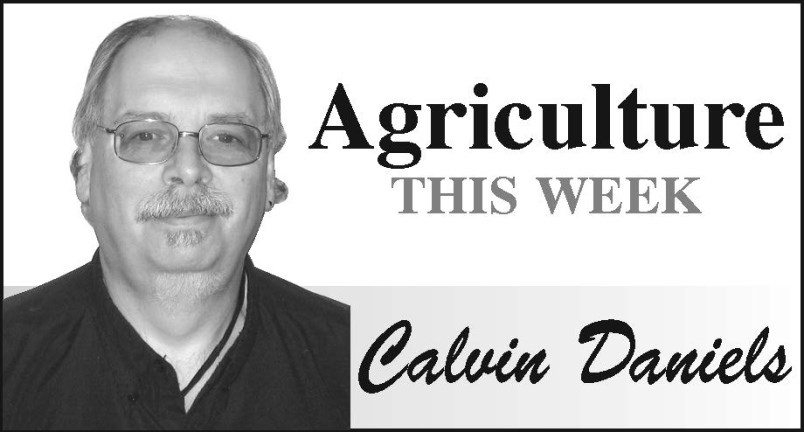One of issues for agriculture in the last few decades is how to keep production on a finite amount of land, ahead of the growing world population.
There are some rather obvious steps that could be taken of course.
The biggest would be a better distribution of world wealth to help the poorest countries afford food.
But the wealth distribution would also allow areas of the world capable of far high food production if they had access to modern seed, production products, machinery and knowledge, all far more easily accessed with access to funding to buy what is needed.
Along the same lines is a need to massively improve the distribution system of food grains.
Hauling grain destined to become flour in bags on the backs of oxen and burrows may be the most affordable method in poor countries but it is hardly efficient.
The loss of food grains to infestations and rot are major problems and again money to improve the system would be hugely impactful.
But, the discussion of wealth distribution is one that simply is not high on anyone’s agenda.
So the onus falls back onfarmers where technology is available to stay ahead of the population curve.
The ability to continue to produce more can only come through better varieties, and a better understanding how to shepherd a crop from seeding to harvest in the best way to ensure production.
A big part of variety development moving forward will rely on new knowledge gained as scientists have mapped the genome of various crops – canola perhaps being the most notable, and rye one of the most recent.
In fact, in the case of rye the University of Saskatchewan was involved in the work, as part of an international team led by the IPK Leibniz Institute in Germany. Researchers succeeded in completely decoding the genome of rye, despite its large size and complexity.
While rye is a rather minor crop in Canada, much of it flowing to the liquor sector, what is grown is primarily on Saskatchewan and Manitoba farms.
Of course mapping a genome is only step one. You might have a guide to help you get where you want to go, but what will you do once you arrive?
That’s where a story at www.producer.comis exciting. It talks about the combination of advanced computing and bioscience offering opportunities for all crops and a rapid path to higher yields.
“Work from an international private-public research consortium promises to bring improved canola varieties to farmers’ fields in record time, thanks to the marriage of genomics and artificial intelligence,” relates the article.
Therein lies the best hope for feeding the future, not the specific project, but rather how new science discoveries can be used together to do things far more quickly, speeding the potential varietal development farmers will need.



